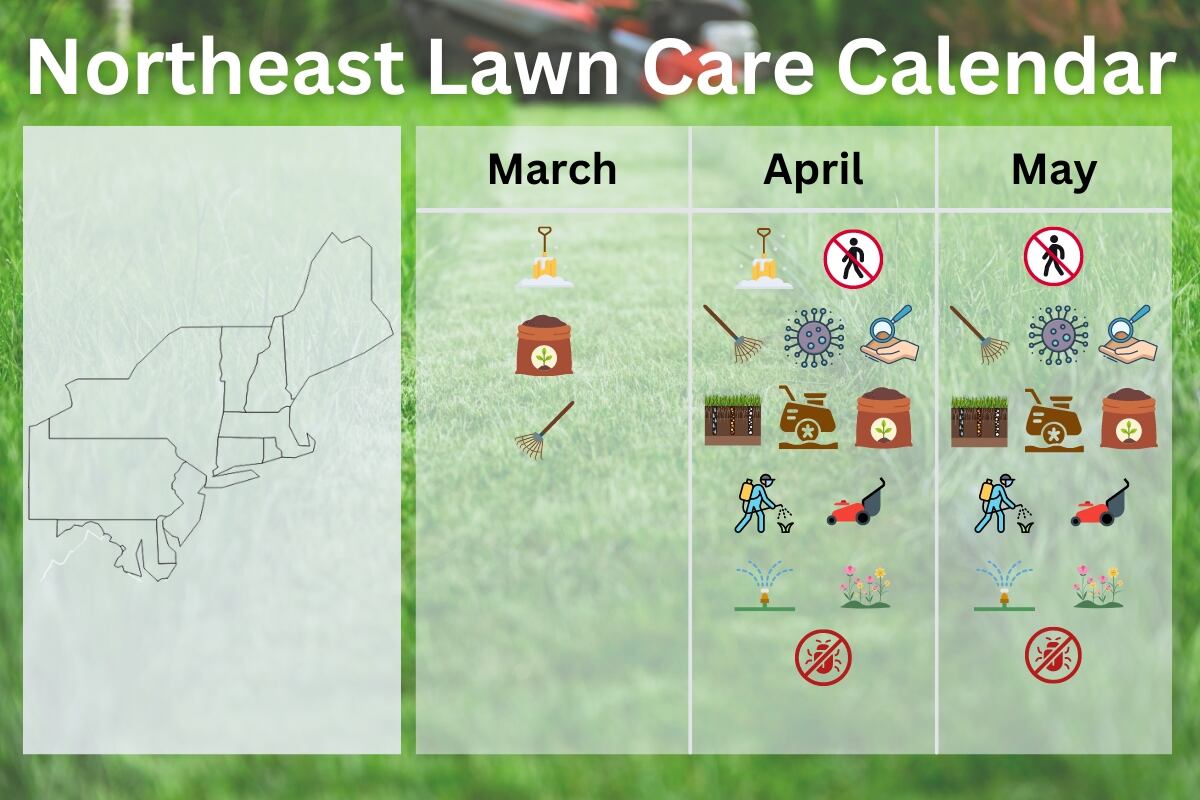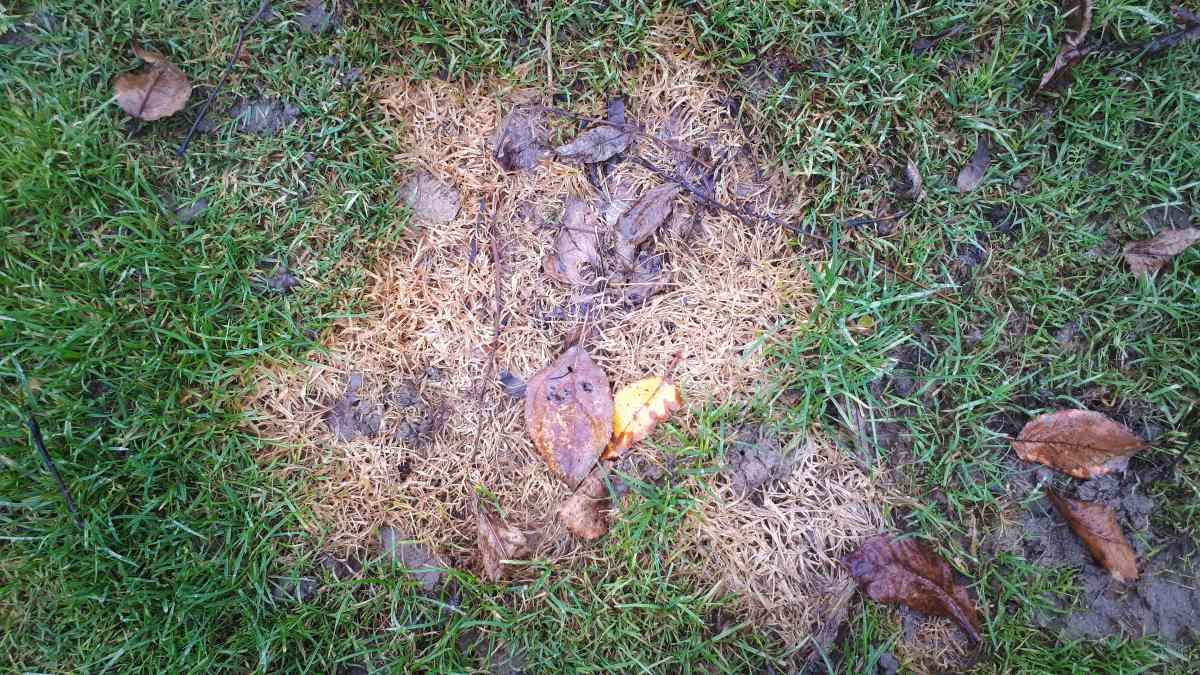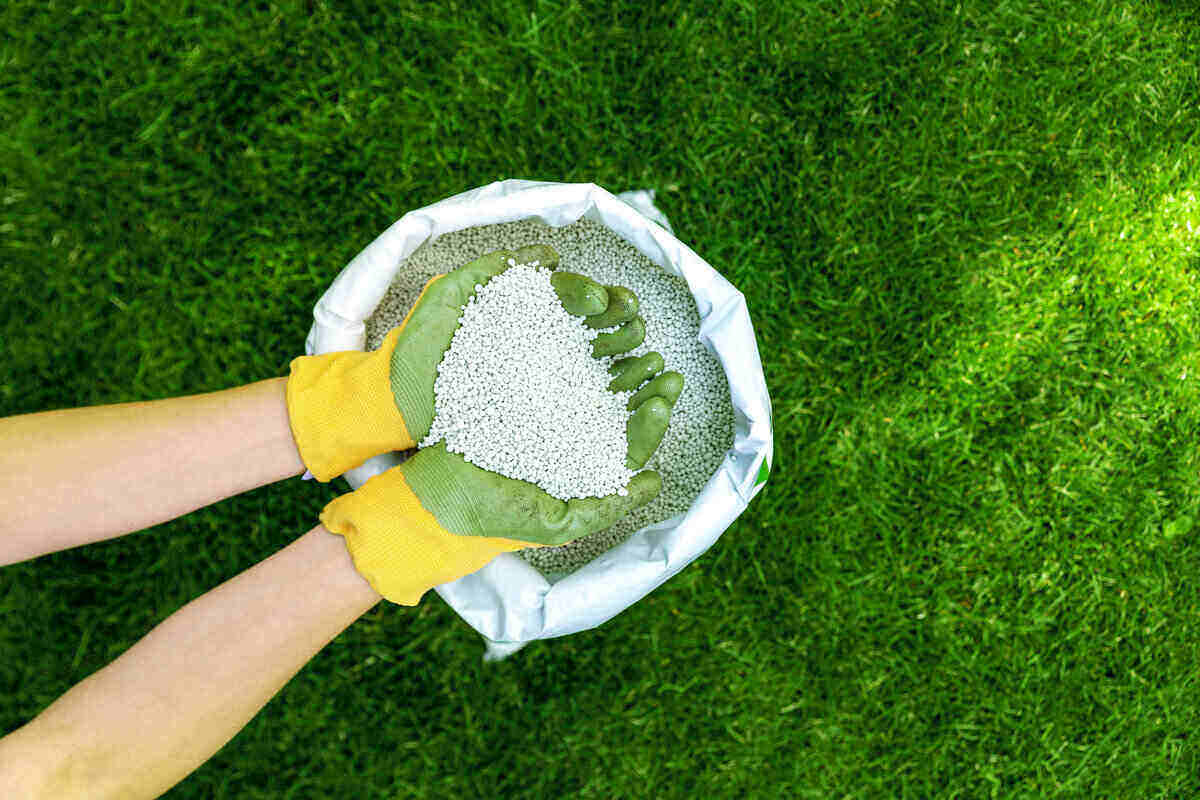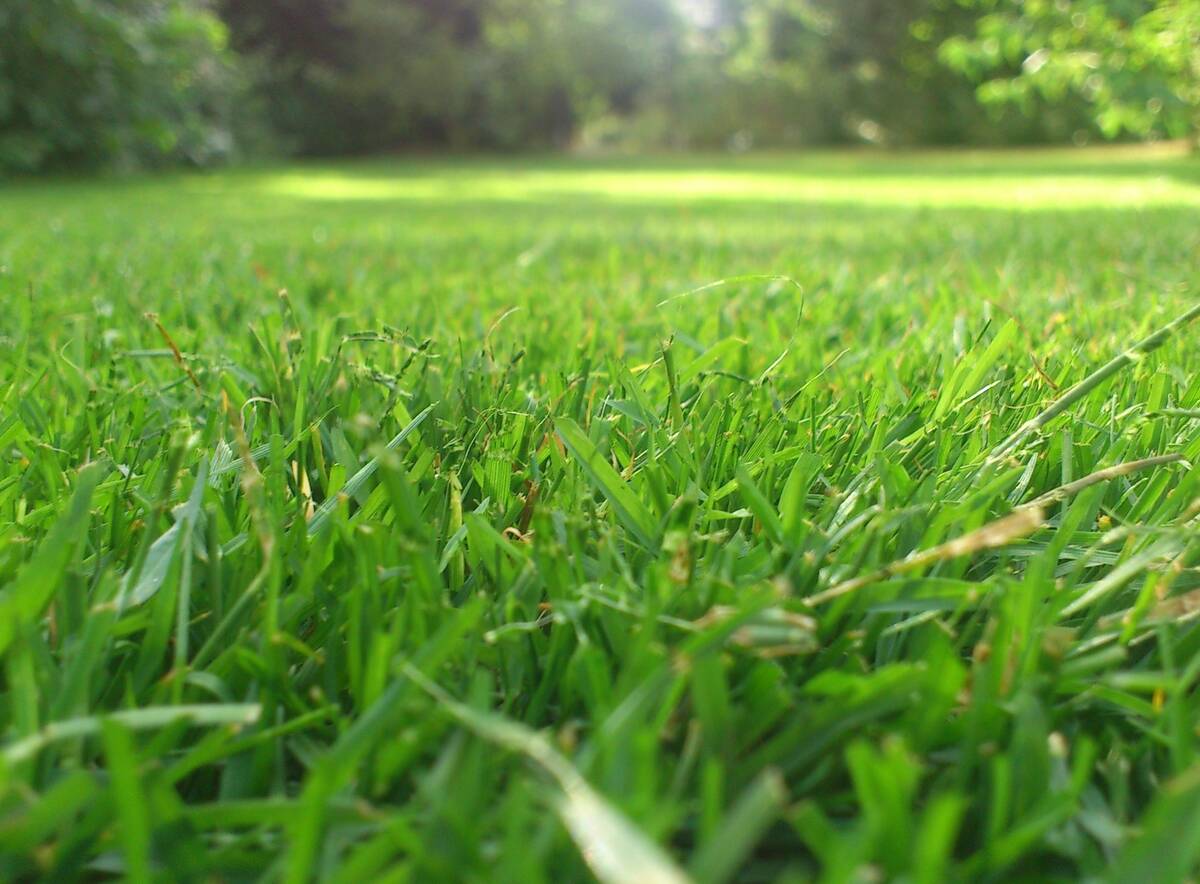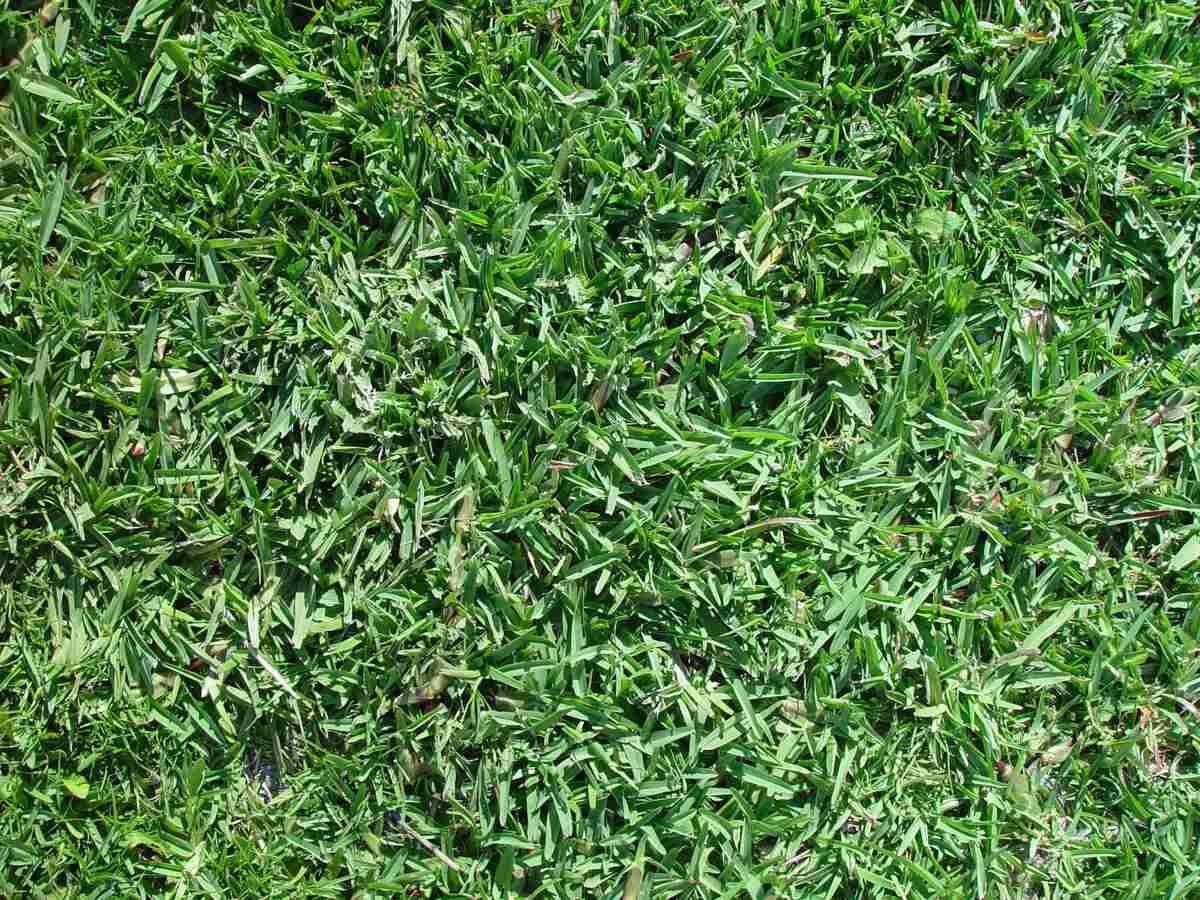
Timing is key when nourishing your buffalograss with a wholesome mix of nutrients. Stick around to learn when to fertilize your buffalograss turf in the summer, with two nitrogen-rich applications extending over two months.
Warm-season grasses like buffalograss thrive in high temperatures, which is the perfect time to fertilize. Your grass will be set for winter dormancy without looking dull or worn out. But why the need for two separate applications? We’ll explore how to schedule your turf’s feeding time, why higher amounts of nitrogen matters, and how much of it to apply.
When to Fertilize Buffalograss
The best time to fertilize buffalograss is during the summer, starting from late May to mid-August.
Being a warm-season grass, its active growth cycle peaks in the summer. Applying fertilizer from mid-September and onwards would be considered too late, as buffalograss enters dormancy in the fall and won’t absorb the beneficial nutrients.
Fertilizing in spring would be too early and isn’t recommended either. Early spring application encourages weed growth at a time when buffalograss won’t be able to outcompete. And an unexpected spring frost can damage grass that’s been encouraged to grow too soon.
How Often to Fertilize Buffalograss
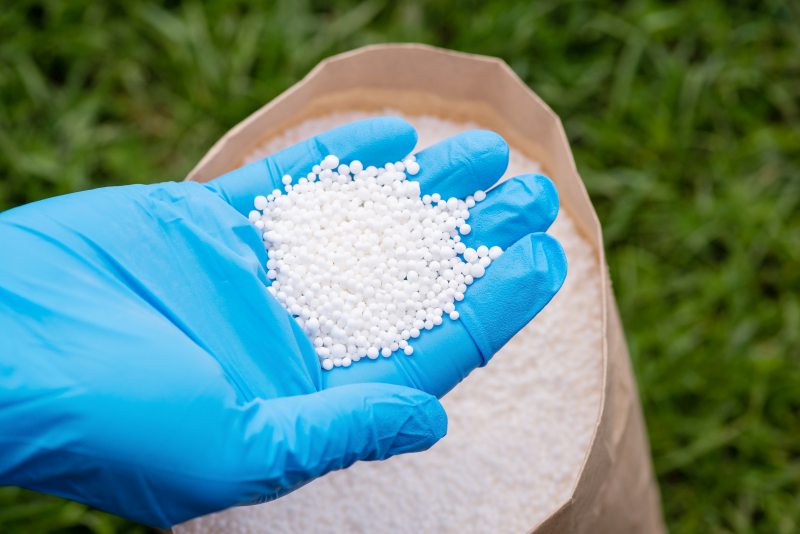
Though a one-time fertilizer application is possible, most lawn care experts recommend two separate nitrogen-rich applications to obtain the annual recommendation. One application in early June (stolon growth begins) followed by a second application in late July or early August prepares your lawn for fall dormancy.
How Much Fertilizer Does Buffalograss Need?
Buffalograss requires between 1 and 2 pounds of nitrogen-rich fertilizer per 1,000 square feet annually. Excessive fertilization (more than 2 pounds) may cause a serious weed invasion in your buffalograss lawn. As mentioned above, it’s best to spread the annual fertilizer requirement in two separate applications:
- 0.5 to 1 pound of nitrogen per 1,000 square feet in late May or early June
- 0.5 to 1 pound of nitrogen per 1,000 square feet in late July or early August
As for the precise amount of potassium and phosphorus fertilizer, the soil test result will determine that for you. Here’s a helpful guide on when and how to test your soil pH.
Best Fertilizer for Buffalograss
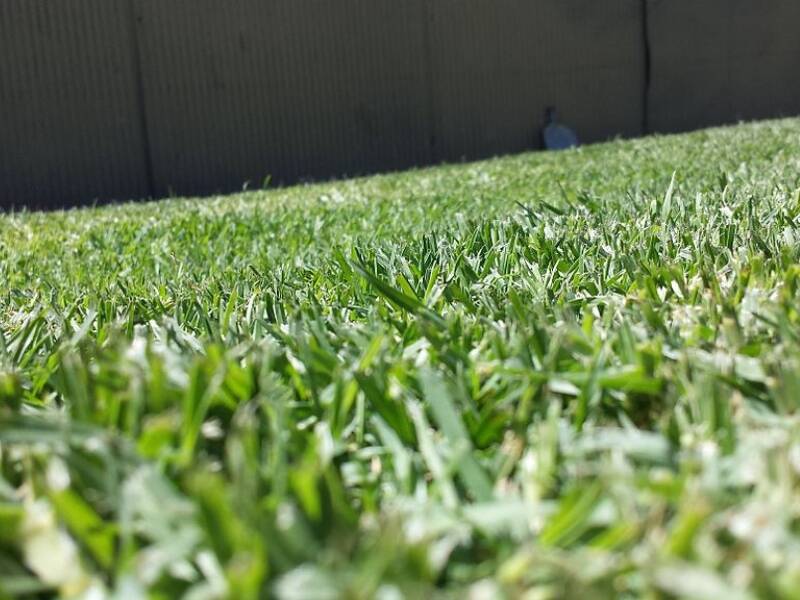
Look for a slow-release fertilizer that consists of one-third nitrogen. Slow-release fertilizers make nutrients available in small quantities over an extended period. They are less likely to leach out of the soil or cause fertilizer burn (learn more about what fertilizer burn is).
In contrast, fast-release fertilizers require more frequent applications and are more likely to cause burns. But why the emphasis on nitrogen?
Nitrogen is the most important fertilizer element during buffalograss’s growing season. Phosphorus and potassium should be applied according to your soil test result, and in lesser amounts than nitrogen.
Pro Tip: The University of Missouri Extension recommends fertilizing buffalograss with an NPK (nitrogen-phosphorus-potassium) ratio of 3-1-2 or 4-1-2 and at least 35% slow-release nitrogen.
Unfamiliar with the NPK ratio? Here’s an informative guide on fertilizer numbers and why they’re important.
How to Apply Fertilizer
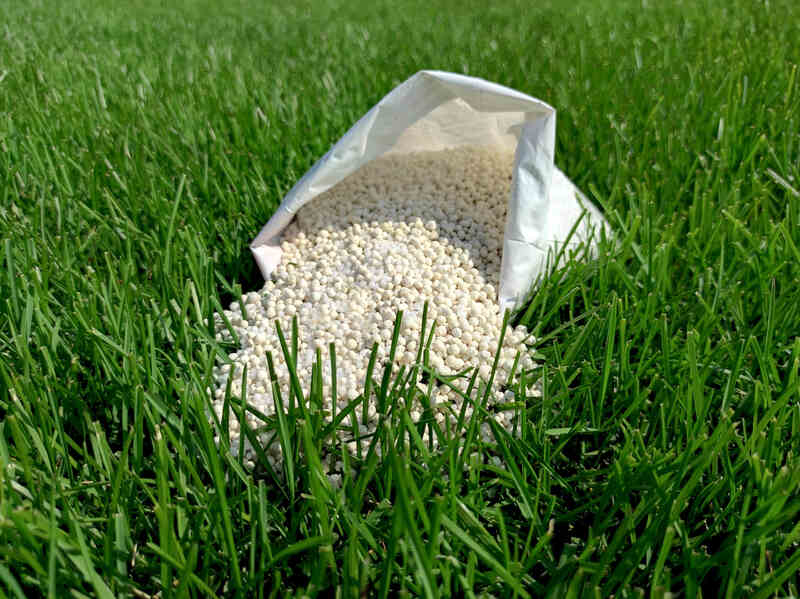
You can apply the fertilizer by hand or by using a spreader. We recommend using a spreader for a more efficient application.
But before spreading fertilizer across your turf, there are several steps to undertake:
- Irrigate the lawn 2 days before fertilizing.
- Test your soil to determine how much of each nutrient it needs, especially nitrogen.
- Purchase the right fertilizer mix (ratio) based on your soil test results.
- Read the instructions on the package carefully.
- Spread the required amount of fertilizer across the entire lawn. Do not over-fertilize in one specific area to avoid burns.
- Water the lawn once more to ensure the nutrients penetrate the soil and reach the grass root system.
For comprehensive instructions, check out our guide on How to Fertilize Your Lawn.
FAQ About Fertilizing Buffalograss
How can you counter the yellowing of buffalograss?
Buffalograss can be prone to iron chlorosis in soils with high pH levels, yellowing your turf. A supplemental application of iron sulfate will remedy this issue.
Are fertilizers bad for dogs?
They can be if your furry friend ingests them, whether they’re organic or inorganic fertilizers. Browse through our detailed article to learn how to protect your dog from fertilizer poisoning.
Where can you get affordable soil testing done?
Almost all cooperative extension offices provide affordable soil testing, a process necessary prior to spreading fertilizer. Check with your local extension office to learn how to collect and deliver a soil sample.
No Time to Mow? Hire a Pro
Feeding your buffalograss with nitrogen and other nutrients helps you maintain a thick, green lawn. But there’s a limit to how long you should let your grass blades grow. Overdo it and you’ll be opening the door for a weed invasion. To keep this from happening, hire a local lawn care professional to mow your lawn and maintain the right height for buffalograss.
Main Image Credit: Pixnio
